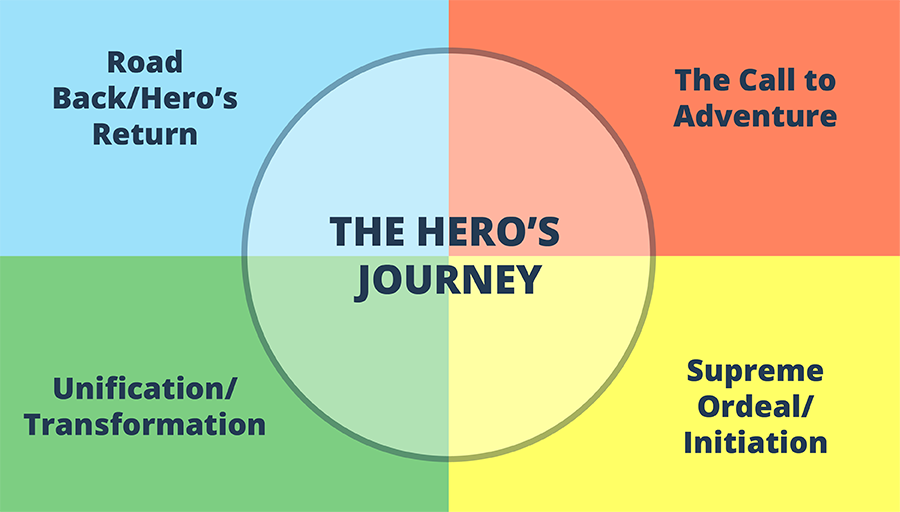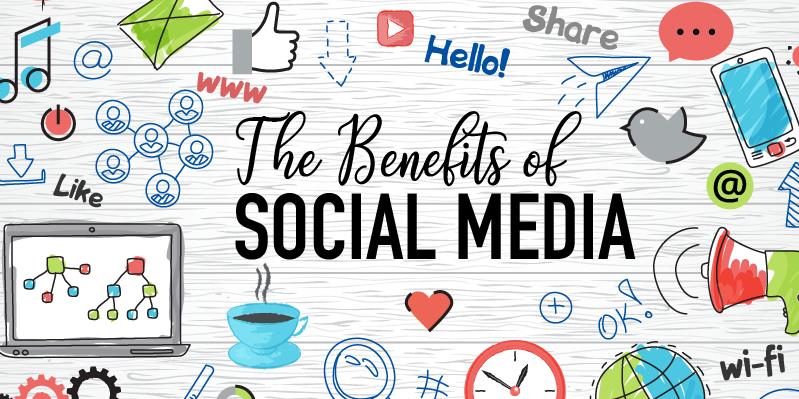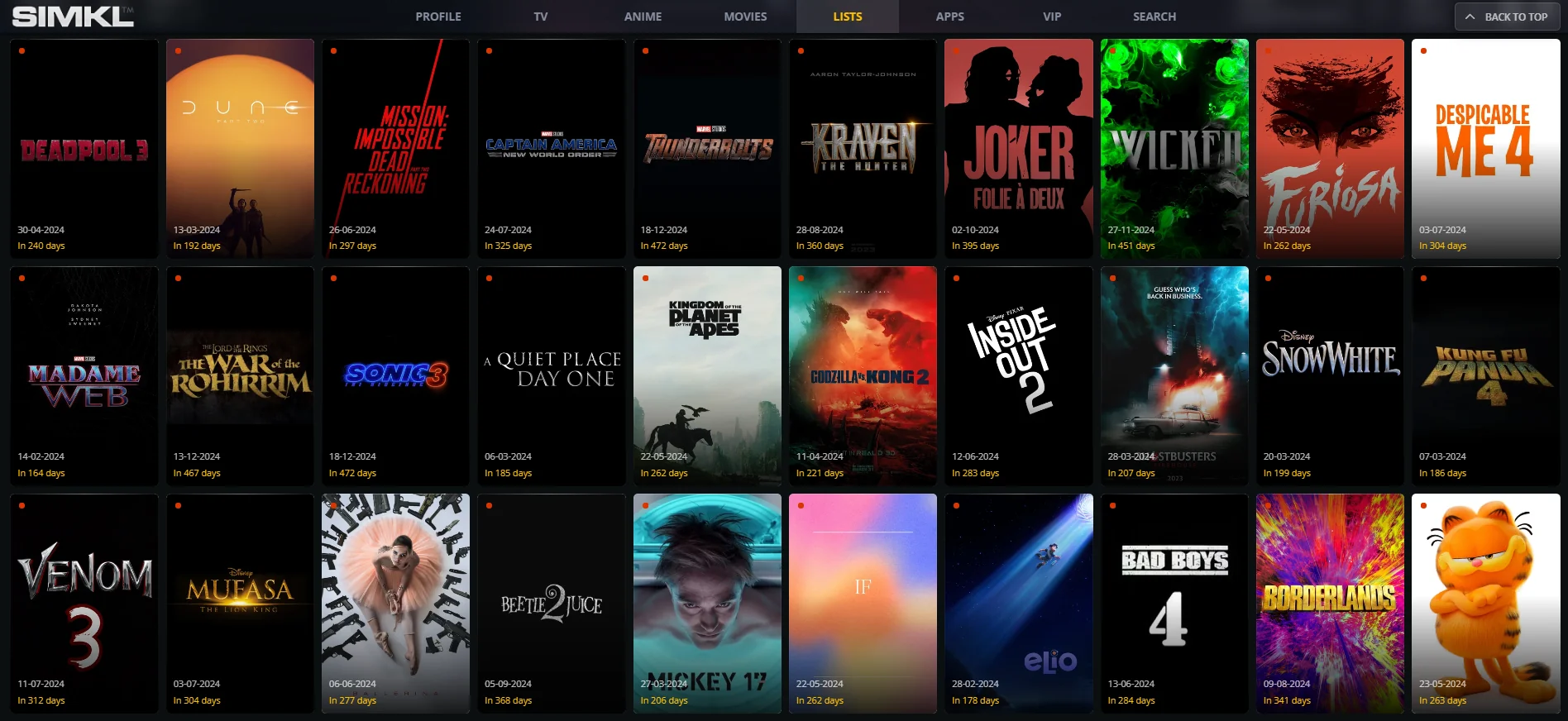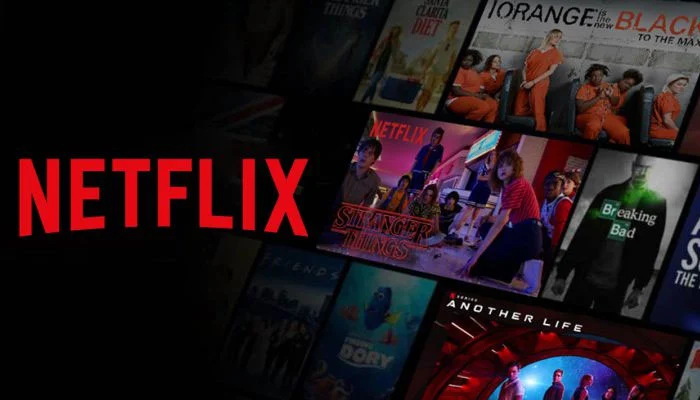How to Use the Hero's Journey in Your Email Copy to Make It More Relatable
Unlock the power of storytelling in your email campaigns by learning how to use the Hero's Journey framework. Discover practical tips and techniques to make your email copy more engaging and relatable, driving better results and stronger connections with your audience.

In the world of storytelling, the Hero's Journey is a powerful narrative framework that has been used for centuries to captivate audiences. This archetypal story structure, popularized by Joseph Campbell, outlines a protagonist's adventure, transformation, and ultimate triumph. But did you know you can apply this timeless framework to your email marketing strategy? Incorporating the Hero's Journey into your email copy can make your messages more engaging and relatable, forging a deeper connection with your audience. Here’s how you can use this compelling narrative technique to elevate your email campaigns.
The Hero's Journey consists of several key stages, each representing a crucial part of the protagonist's journey. These stages include:
The Ordinary World: The hero's normal life before the adventure begins.
The Call to Adventure: An event that prompts the hero to embark on a journey.
Refusal of the Call: Initial hesitation or reluctance to take on the challenge.
Meeting the Mentor: A guide or mentor who provides assistance or advice.
Crossing the Threshold: The hero commits to the journey and leaves their old world behind.
Tests, Allies, and Enemies: Challenges and characters encountered along the way.
Approach to the Inmost Cave: The hero faces a major challenge or confrontation.
Ordeal: The hero endures a significant trial or crisis.
Reward: The hero achieves a victory or gains something of value.
The Road Back: The hero returns to the ordinary world, transformed by the journey.
Resurrection: A final test or challenge that signifies the hero's ultimate transformation.
Return with the Elixir: The hero returns home with newfound wisdom or a valuable gift.
Crafting Emails with the Hero's Journey
Start with the Ordinary World
Begin your email by setting the stage for your audience. Describe the familiar, everyday problems or situations they face, just like the "Ordinary World" in the Hero's Journey. This helps your readers relate to the scenario and creates a connection. For instance, if you’re promoting a productivity tool, start by addressing the common struggles of staying organized and managing time effectively.
Introduce the Call to Adventure
Once you've established the ordinary world, introduce the "Call to Adventure." Present your product, service, or offer as the exciting opportunity or solution that can transform their current situation. This is where you highlight the benefits and unique features of what you’re offering, showing how it addresses their pain points and opens up new possibilities.
Address the Refusal of the Call
Acknowledge any potential objections or reluctance your audience might have. Just as heroes often hesitate before embarking on their journey, your readers might have doubts or concerns about your offer. Use this section to address these concerns directly, offering reassurance and addressing common hesitations. This builds trust and shows empathy towards their reservations.
Introduce the Mentor
In the Hero's Journey, the mentor provides guidance and support. In your email, position your brand or yourself as the mentor. Share testimonials, case studies, or expert advice that demonstrates your credibility and authority. This reassures your readers that they are in good hands and that you have the expertise to help them succeed.
Show the Crossing of the Threshold
The "Crossing of the Threshold" represents the hero's commitment to the journey. In your email, this is the moment where you encourage your readers to take action. Make your call-to-action clear and compelling. Whether it’s signing up for a webinar, making a purchase, or downloading a resource, guide your audience towards taking the next step with confidence.
Highlight Tests, Allies, and Enemies
Illustrate the challenges and benefits your readers might encounter along their journey with your product or service. Share stories of other customers who have faced similar challenges and how they overcame them with your help. This not only builds credibility but also demonstrates that they are not alone in their journey.
Describe the Approach to the Inmost Cave
This stage is about preparing for a significant challenge or transformation. In your email, this could involve discussing how your product or service prepares your audience for a major change or improvement. Emphasize the transformative potential of your offering and how it equips them for success.
Celebrate the Ordeal and Reward
Acknowledge the effort and challenges your readers will face as they pursue their goals. Celebrate their commitment and highlight the rewards they can expect from using your product or service. This helps to reinforce the value and benefits of what you’re offering, making it more appealing.
Show the Road Back
Illustrate how your readers can integrate their newfound success or improvements into their daily lives. This is the "Road Back" stage where they begin to see the practical impact of their actions. Share practical tips or next steps they can take to maintain their progress and continue benefiting from your offering.
Emphasize Resurrection and Return with the Elixir
Finally, depict the ultimate transformation your readers will experience. This is the culmination of their journey, where they return to their ordinary world with newfound knowledge or a valuable benefit. Use powerful testimonials or success stories to illustrate how your product or service has made a lasting impact on others.
Create a Relatable and Engaging Narrative
Using the Hero's Journey in your email copy helps create a compelling narrative that resonates with your audience. By framing your message within this familiar story structure, you make your communication more engaging and relatable. This approach not only captures attention but also fosters a deeper connection with your readers, making them more likely to take action.
Crafting Your Email Campaign
To effectively use the Hero's Journey in your email copy, consider the following tips:
Know Your Audience: Understand their needs, desires, and pain points. Tailor your message to resonate with their specific challenges and aspirations.
Be Authentic: Ensure your narrative aligns with your brand’s voice and values. Authenticity builds trust and credibility.
Use Visuals: Incorporate images, graphics, or videos that enhance your narrative and make your email visually appealing.
Keep It Concise: While the Hero's Journey can be detailed, keep your email focused and to the point. Highlight the key stages of the journey without overwhelming your readers.
Test and Optimize: Experiment with different approaches and analyze the results to see what resonates best with your audience. Continuously refine your strategy for optimal results.
By weaving the Hero's Journey into your email copy, you create a powerful narrative that captivates your audience and drives engagement. This storytelling technique not only makes your emails more relatable but also enhances the effectiveness of your marketing efforts.
Frequently Asked Questions: Using the Hero's Journey in Your Email Copy
What is the Hero's Journey?
The Hero's Journey is a narrative framework that outlines a protagonist's adventure, transformation, and ultimate triumph. Popularized by Joseph Campbell, it includes key stages such as the Ordinary World, Call to Adventure, Refusal of the Call, Meeting the Mentor, and more. This structure is widely used in storytelling to create compelling and relatable narratives.
How can the Hero's Journey be applied to email marketing?
Applying the Hero's Journey to email marketing involves structuring your email copy to mirror this narrative framework. Start by presenting the reader's current situation (Ordinary World), introduce your product or service as the solution (Call to Adventure), address potential objections (Refusal of the Call), and guide them towards taking action (Crossing the Threshold). By incorporating these stages, you create a more engaging and relatable email narrative.
Why should I use the Hero's Journey in my email copy?
Using the Hero's Journey makes your email copy more engaging and relatable by framing your message within a familiar narrative structure. It helps capture the reader's attention, build a connection, and guide them through a compelling story. This approach enhances the effectiveness of your email marketing by making your messages more memorable and persuasive.
How do I start with the Ordinary World in my email?
Begin your email by describing the reader’s current situation or challenges. This sets the stage and makes your audience relate to the scenario. For example, if you're promoting a productivity tool, outline the common struggles of managing time and staying organized to resonate with your readers.
What is the Call to Adventure in an email?
The Call to Adventure is where you introduce your product, service, or offer as the exciting opportunity or solution to the reader’s problem. Highlight how your offering can transform their situation and present the benefits and unique features to entice them.
How do I address the Refusal of the Call in my email?
Acknowledge any doubts or objections your readers might have about your offer. Address these concerns directly and provide reassurance. This builds trust and shows that you understand their hesitations, making them more likely to move forward with your offer.
Who or what should be the Mentor in my email?
In your email, position your brand or yourself as the mentor who provides guidance and support. Share testimonials, case studies, or expert advice to establish credibility and demonstrate that you have the expertise to help your readers succeed.
What does the Crossing of the Threshold mean in an email?
The Crossing of the Threshold represents the moment when the reader is encouraged to take action. Make your call-to-action clear and compelling, guiding your audience towards the next step, whether it’s signing up for a webinar, making a purchase, or downloading a resource.
How can I illustrate Tests, Allies, and Enemies in my email?
Share stories or examples of other customers who have faced similar challenges and successfully overcome them with your help. This demonstrates that they are not alone and builds credibility by showing that others have benefited from your product or service.
What is the Approach to the Inmost Cave in an email context?
Describe how your product or service prepares the reader for a significant challenge or transformation. Emphasize how your offering equips them for success and highlights the transformative potential of what you’re providing.
How do I highlight the Ordeal and Reward in my email?
Acknowledge the effort and challenges involved in pursuing their goals and celebrate the rewards they can expect from using your product or service. This reinforces the value of your offering and makes it more appealing.
What should the Road Back involve in an email?
Illustrate how your readers can integrate their newfound success or improvements into their daily lives. Offer practical tips or next steps to help them maintain their progress and continue benefiting from your product or service.
How do I show Resurrection and Return with the Elixir in my email?
Depict the ultimate transformation your readers will experience by using your product or service. Share powerful testimonials or success stories that illustrate how others have achieved lasting results and gained valuable benefits.
What are some tips for crafting an effective email with the Hero's Journey?
Know Your Audience: Tailor your message to their needs, desires, and pain points.
Be Authentic: Ensure your narrative aligns with your brand’s voice and values.
Use Visuals: Enhance your narrative with images, graphics, or videos.
Keep It Concise: Focus on key stages of the journey without overwhelming the reader.
Test and Optimize: Experiment with different approaches and refine your strategy based on results.
Get in Touch
Website – https://www.webinfomatrix.com
Mobile - +91 9212306116
Whatsapp – https://call.whatsapp.com/voice/9rqVJyqSNMhpdFkKPZGYKj
Skype – shalabh.mishra
Telegram – shalabhmishra
Email - info@webinfomatrix.com
What's Your Reaction?


















